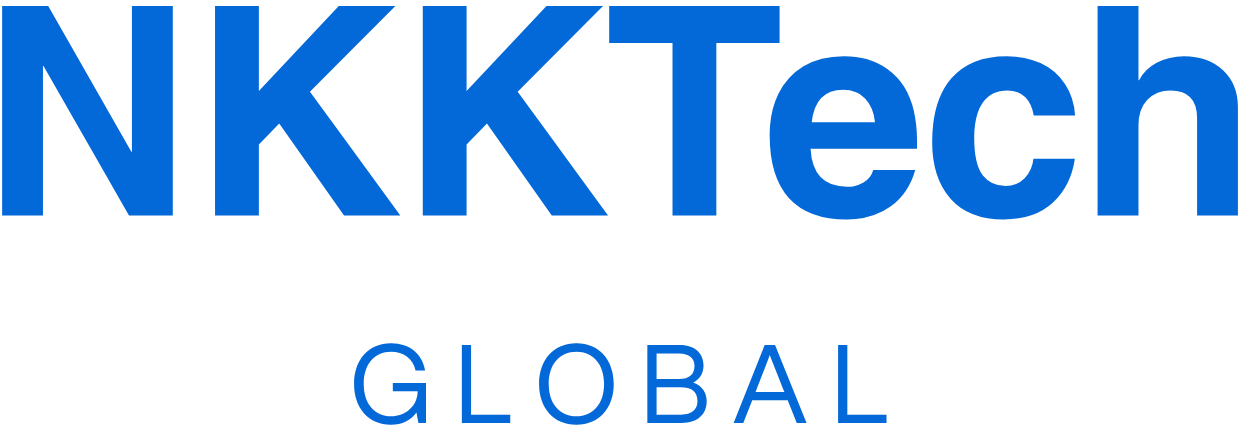- What is RAG and why does it matter for ERP/CRM?
- Legacy pain: People manually search across many sources—ERP (orders, inventory, AR/AP), CRM (opportunities, interaction history), and internal drives (quotes, contracts, SOPs). “Search then read” is slow, error-prone, and hard to permission correctly.
- How RAG fixes it:
- Retrieval: fetch relevant knowledge from ERP/CRM/docs.
- Generation: produce concise answers grounded in that data with citations.
- Core benefits:
• Speed: minutes to seconds.
• Accuracy: answers based on the latest records.
• Safety: respect data access (RBAC/ABAC).
• Extensibility: add new knowledge sources without breaking existing ERP/CRM.
- Reference architecture for RAG+ERP/CRM
- Data sources:
• ERP: orders, inventory, BOM, procurement, finance.
• CRM: accounts, opportunities, deals, tickets, emails/chats.
• Documents: SOPs, contracts, quotes, catalogs, policies. - Ingestion & normalization:
• Read-only connectors to DBs (PostgreSQL/MySQL/SQL Server/Oracle) and ERP/CRM APIs.
• Normalize, de-duplicate, mask sensitive fields where required.
• Chunk documents semantically; create embeddings; index in a vector database. - Access control layer:
• Sync roles from ERP/CRM (departments/roles/customer groups).
• Enforce RBAC/ABAC at query time and at answer rendering. - Inference engine:
• LLM + RAG orchestrator (prompt templates, re-ranking, tool use).
• Guardrails: safety filters, data-leak prevention, mandatory citations. - Consumption channels:
• Internal chat (web app, Teams/Slack/Zalo OA), embedded widget inside ERP/CRM screens, or an API for other apps.
- High-ROI use cases
- Sales assistance (CRM Copilot):
• Instant answers on interaction history, latest quotes, discount rules by segment.
• Next-best-action suggestions from the current pipeline; summarize emails/calls. - Logistics & inventory (ERP Assistant):
• Lookup stock by branch, supplier ETA, interchangeable SKUs.
• Summarize BOM/cost variances for custom orders. - Customer service (CS Copilot):
• Recommend replies from similar tickets, knowledge base, and warranty clauses.
• Auto-generate post-call summaries with citations to policies. - Contract & process governance:
• Find clauses across versions; highlight potential risks.
• Step-by-step guidance from the correct SOP version.
- Technical integration checklist
- Data connectivity:
• Read-only DB connectors, ERP/CRM APIs, file stores (SharePoint/Google Drive/S3/on-prem NAS). - Semantic indexing:
• Choose vector DB (PGVector/FAISS/Pinecone) for scale/latency/budget.
• Chunk by structure (headings, tables, clauses).
• Hybrid retrieval (BM25 + embeddings) to boost precision. - Permission sync:
• Import role schemas from ERP/CRM; bind them into access tokens on queries. - UI integration:
• “Ask AI” in ERP/CRM screens; “Which document did this come from?” button.
• “Insert citation into email/ticket” for transparency.
- Security and compliance
- Data classification: finance, PII, contracts, proprietary formulas.
- Processing policy: encryption at rest/in transit, isolated dev/staging/prod, access logging.
- LLM controls: block sensitive prompts and raw data dumps; enforce row/column-level security.
- Auditability: log query context, sources, user identity, timestamps.
- KPIs to measure impact
- Productivity: average time per answer, tickets handled per agent/day.
- Quality: human-rated answer correctness, citation usage rate.
- Revenue: conversion by CRM stage, time-to-close, upsell/cross-sell %.
- Service: First Contact Resolution (FCR), CSAT/NPS, response times.
- Recommended rollout plan
- Phase 1 – Kickoff (2–3 weeks):
• Pick 1–2 ROI-clear use cases (e.g., sales assistance + ticket deflection).
• Connect read-only data; build an initial index; stand up an internal chat POC. - Phase 2 – Pilot expansion (3–5 weeks):
• Add sources (contracts/SOPs), enforce full access control.
• Add guardrails, prompt standards, re-ranking, logging & observability.
• Track KPIs with A/B cohorts. - Phase 3 – Operate & optimize (ongoing):
• Automate sync schedules; generate reports; push suggestions into ERP/CRM UI.
• Optimize model/index costs; train users for safe, effective usage.
- Cost & infrastructure choices
- On-prem vs Cloud:
• On-prem: maximum control for sensitive industries; higher upfront CAPEX.
• Cloud: faster rollout and elastic scale; use VPC/Private Link and clear data policies. - Cost optimization:
• Use compact models for routine tasks; cache frequent answers; standardize prompts to cut tokens.
• Incremental indexing—re-embed only what changed.
- Common risks and mitigations
- Hallucinations: require citations; decline answers without sufficient evidence.
- Permission leaks: enforce access at retrieval and rendering; test by real roles.
- Stale indexes: schedule syncs; version data; show timestamps in answers.
- Query spikes: rate limits, queues, scale out search/LLM services.
- Five best practices for fast results
- Start small with two value-rich use cases.
- Keep data access read-only to avoid disrupting ERP/CRM.
- Prioritize permissions before features.
- Always include citations to build trust.
- Continuously tune prompts, indexes, and workflows based on KPIs.
Conclusion
RAG adds an intelligence layer that turns ERP/CRM into the enterprise’s knowledge nervous system—faster, more accurate, and safer. With a phased approach, organizations can realize early value in sales and customer service, then expand into operations, finance, and legal. If you seek a hands-on partner, nkktech global—an ai company focused on enterprise use cases—can support architecture advisory, systems integration, and safe enablement.



